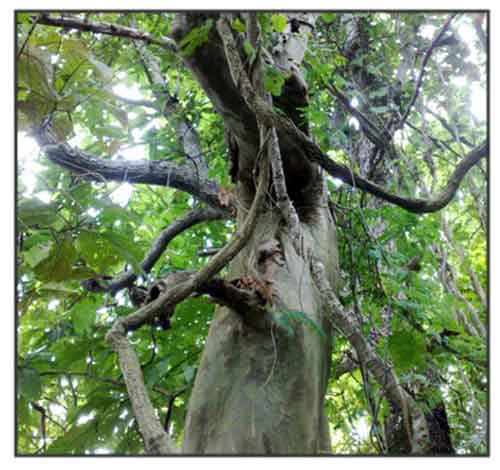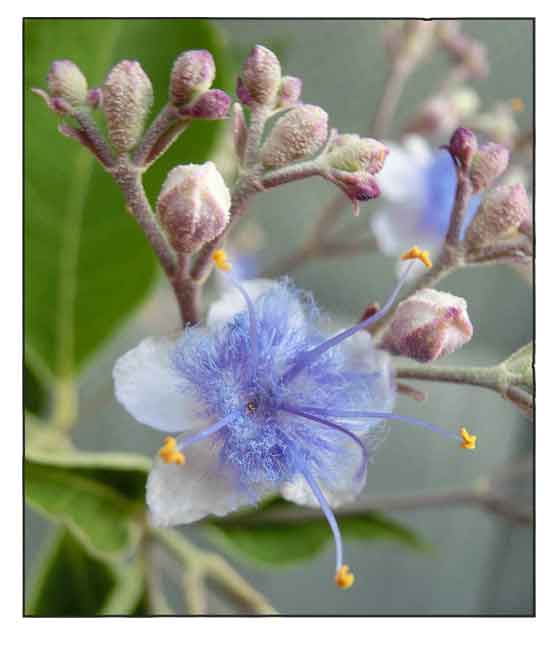
Family • Verbenaceae
Malapangit
Malamolawin
Tectona philippinensis Benth. & Hook.f. ex Merr.
PHILIPPINE TEAK
| Scientific names | Common names |
| Jatus philippinensis Kuntze | Bunglas (P. Bis.) |
| Tectona philippinensis Benth. & Hook.f. ex Merr. | Malabayabas (Tagalog) |
| Malamolawin (Tagalog) | |
| Malapangit (Tagalog) | |
| Philippine teak (Engl.) | |
| Tectona philippinensis Benth. & Hook.f. ex Merr. is an accepted species. KEW: Plants of the World Online | |
October 2023
![]()
 |
| PHOTOS / ILLUSTRATIONS |
| IMAGE SOURCE: Lamiaceae-Tectona philippinensis / Flower / Copyright © 2012 by Philip Cruz (contact: [email protected]) [ref. DOL97185] / Non-Commercial Use / click on image or link to go to source page / Phytoimages.siu.edu |
| OTHER IMAGE SOURCE: Lamiaceae-Tectona philippinensis / Tree / Copyright © by Errol Abada Gatumbato / Non-Commercial Use / click on image or link to go to source page / Sugar Industry in Negros contributed to the depletion of Philippine teak / ErrolAbadaGatumbato |
| IMAGE SOURCE: Lamiaceae-Tectona philippinensis / Abaxial view of leaf surface / Copyright © 2012 by Philip Cruz (contact: [email protected]) [ref. DOL97216] / Non-Commercial Use / click on image or link to go to source page / image modified / Phytoimages.siu.edu |
Additional
Sources and Suggested Readings |
• |
DOI: It is not uncommon for links on studies/sources to change. Copying and pasting the information on the search window or using the DOI (if available) will often redirect to the new link page. (Citing and Using a (DOI) Digital Object Identifier) |
| List of Understudied Philippine Medicinal Plants |
| New plant names needed The compilation now numbers over 1,300 medicinal plants. While I believe there are hundreds more that can be added to the collection, they are becoming more difficult to find. If you know of a medicinal plant, native or introduced, to suggest for addition to the compilation, please email the info: local plant name (if known), any known folkloric medicinal use, scientific name (most helpful), and, if possible, a photo. Your help will be greatly appreciated. |
• |
 |


 Distribution
Distribution
